Sicily: Undervisited Enna
Trashed, treasured and even forgotten – at least Sicily has never been boring. Time has replaced the island’s conquerers and crusaders with travellers and tourists, but its bustling shore is a reminder that Sicily has always been a popular destination.
But limiting your itinerary to the coast means you’re only seeing half the island, and from that shoreline perspective, you could be standing on any stretch of the Med. To get a fuller appreciation of Sicily, a change of scenery is needed. Persephone’s Island is anchored in the Mediterranean, but its interior reveals a perspective bound not by the sea, but rooted in the soil.
History
Sicily’s past is a roll call of Mediterranean history. The Greeks, Romans, Arabs, Normans, Spanish and more have all conquered and influenced the island, but the impact of their policies often meant suffering for native Sicilians.
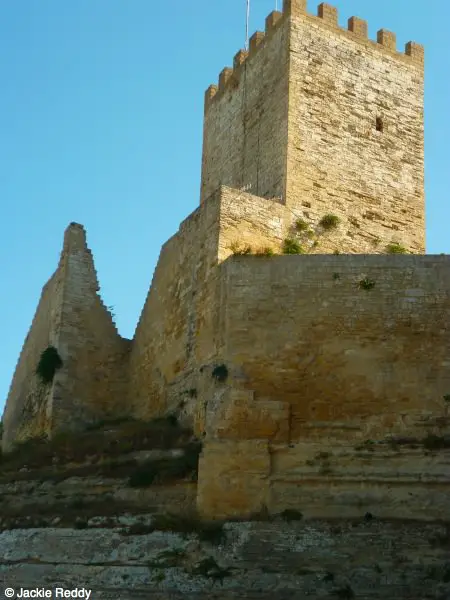
Until the late 18th century, Sicily languished under Spain. Reform attempts were overturned, and even when Giuseppe Garibaldi united Italy in the 19th century, there was little change as the old aristocrats – descendants of feudal barons – kept the land for themselves.
Starved off the land, many eked out a living in Enna’s sulfur mines. When America cornered the world sulfur market in the late 19th century, Sicilians had already been ground under the heel of poverty for centuries. Those who could leave did so, and nowhere was the impact of this exodus more strongly felt than in Enna.
See more of Italy
[threecol_one]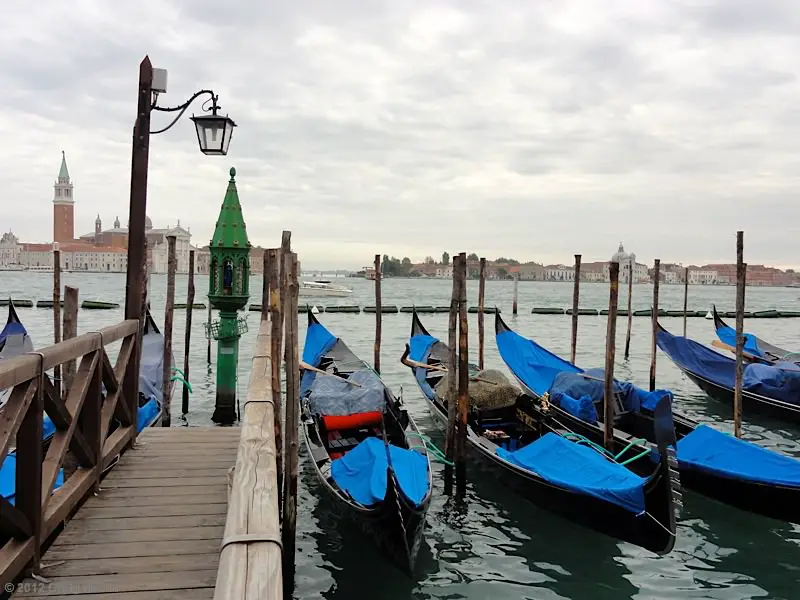
Food tour of Venice[/threecol_one]
Northern Italy[/threecol_one]
[threecol_one_last]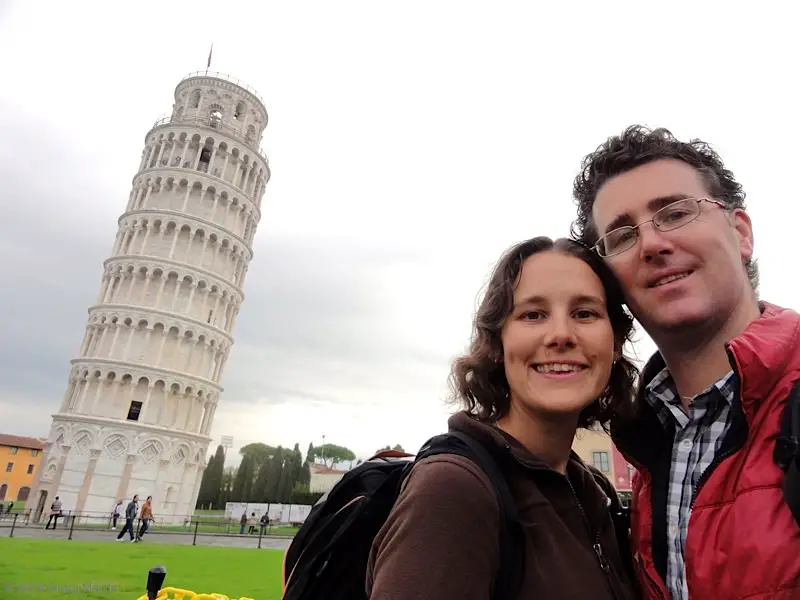
Italy Travel[/threecol_one_last]
Getting there and around
Undervisited Enna confronts the traveller with a reality belied by sunlit fields and sleepy towns, but these testify to the region’s past and reflect its present. Farming and mining are still the main industries, and consequently Enna is one of the poorest and most thinly populated regions of Sicily. The descendants of many emigrants return here to trace their past, and for them, Enna’s sad history is a bittersweet personal legacy.
Getting to the province’s main town – also called Enna – is easy, but travelling locally is harder. The town is divided into historic Enna Alta – at the top of a hill – with the modern Enna Bassa at its base. Trains arrive into Enna Bassa and a bus corkscrews up to Enna Alta, where accommodation is limited. Classics buffs probably know that the region was the focus of the cult of Demeter, and her temple, the Rocca di Cerere, is across from the Castello di Lombardia in Enna’s centre.
If you don’t like the accommodation offered in town, there are B&Bs and farmhouses in the surrounding area, where the mythical theme continues. The nearby Lago di Pergusa – where legend says that Persephone was kidnapped by Hades – sounds magical, but it’s apparently been spoiled by overdevelopment. Instead, look towards baroque Piazza Armerina or the Roman and Greek ruins at Casale and Morgantina.
The area isn’t well served by Sicily’s slow but reliable trains, and while car rental is expensive, the bus system is extensive. For those opting to stay outside of town as I did, you could make sightseeing arrangements with your host.
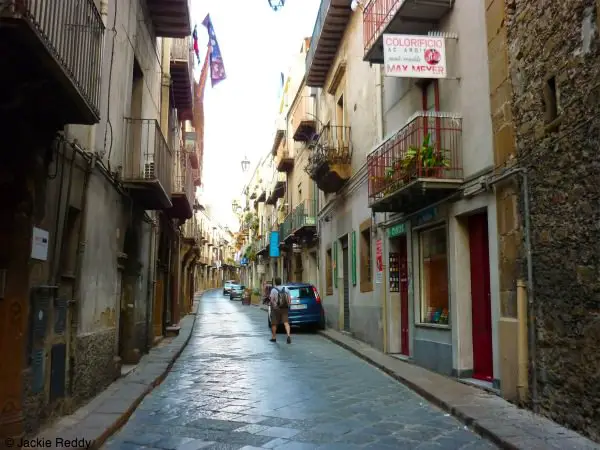
Swapping sights for espressos
If you do this, you’ll likely get a dose of Sicilian culture in addition to – or even instead of – your sightseeing. What I missed of the region’s baroque architecture, hilltop towns and meaty cuisine, I made up for in what some might dismiss as mundane. I tagged along with my host as he went to the local bakery, the car repair place and when he dropped in on friends, they were gracious enough invite me in for a coffee too.
Swapping sights for errands and espressos was initially frustrating, but I began to enjoy the coffee stops, cigarette breaks and chats. In a place that has lacked and lost so much for so long, it seems that time here is a sort of wealth, a precious commodity to be spent slowly. Hanging around, smiling and shaking hands – these became not just boring interludes to a schedule – but experiences unto themselves. Long after I left, when I’d forgotten the urgency of my intended itinerary, these things have lingered and quietly live on, just as Enna has done for centuries.

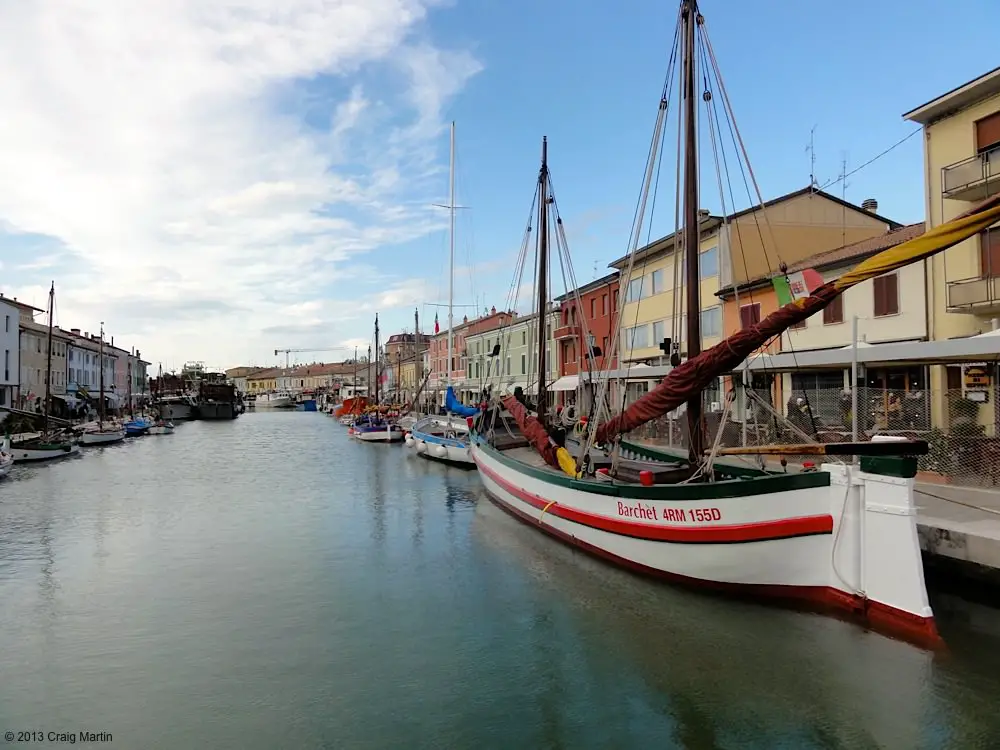
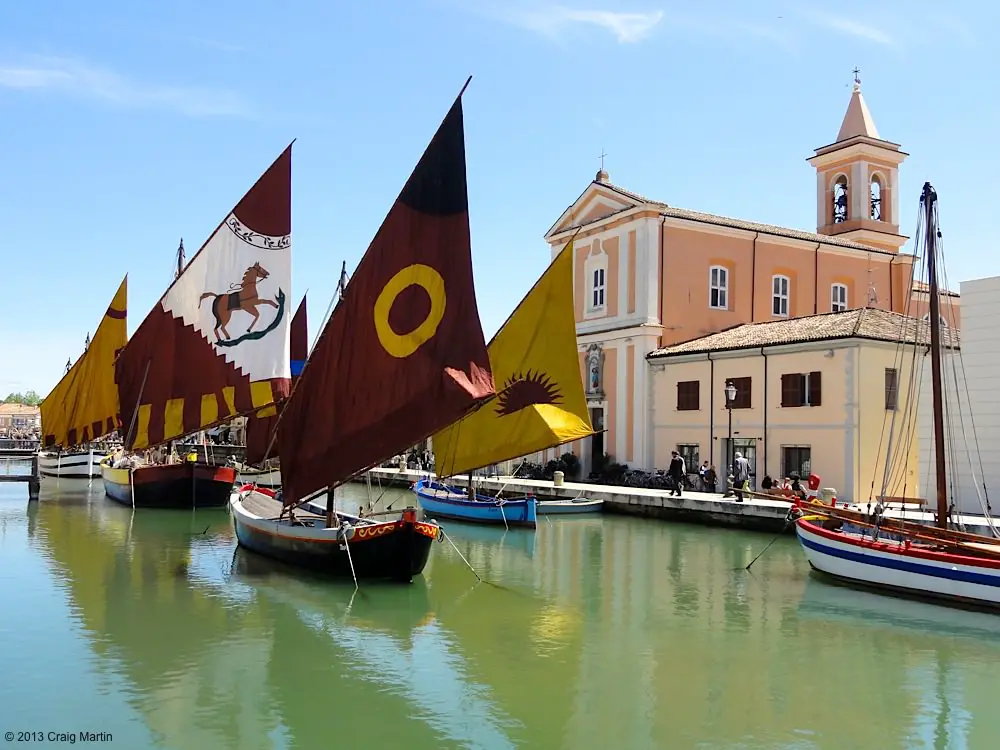
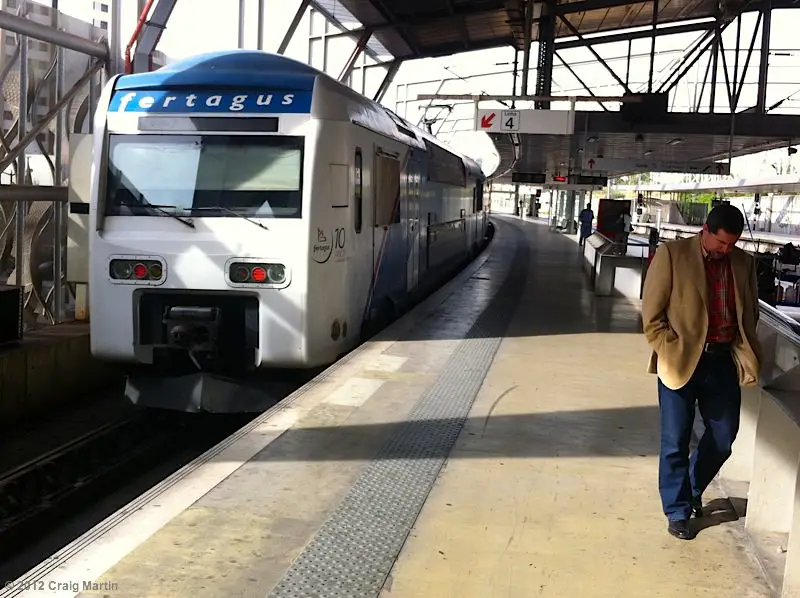
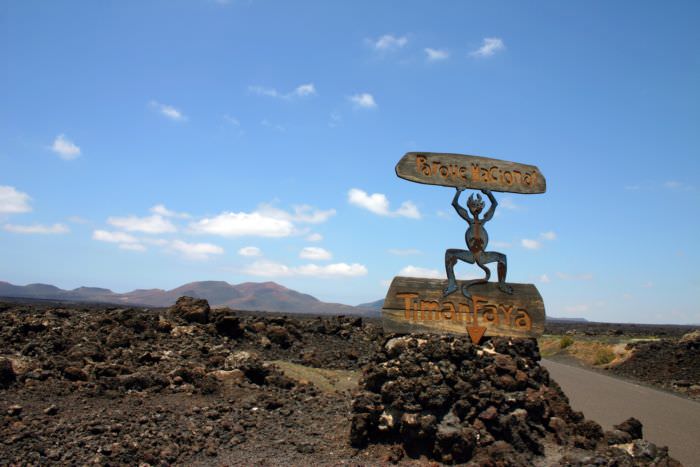

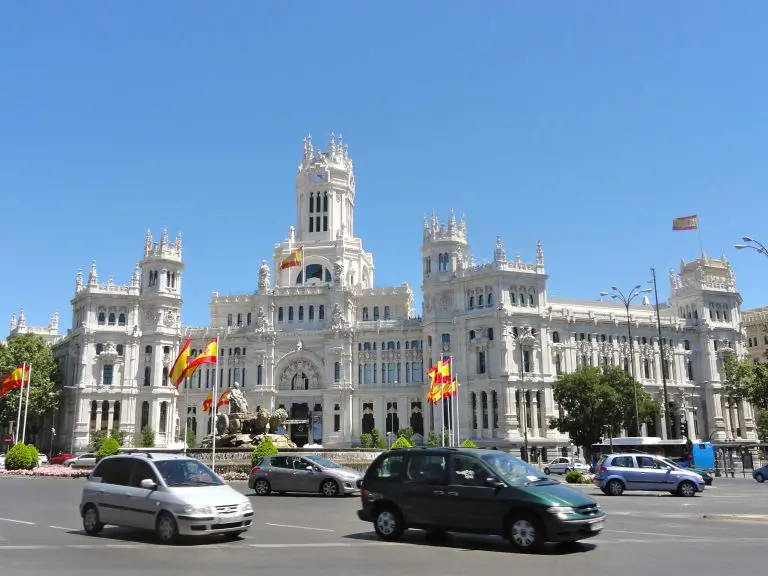

Spending a day on a local’s schedule doing errands is indeed a great way to experience true Italy! One of my all-time favorite sights in all of Italy is near Enna – I hope you visited the spectacular mosaics in the nearby Villa del Casale (Piazza Armerina)?
Really awesome article, I loved reading it. Very useful information.
Thanks Siddu!
The mosaics are on my top 10 places to see in Italy. Wonderful post, the images were beautiful. Thanks Jackie!
Thanks for your comment, we have to get there too!